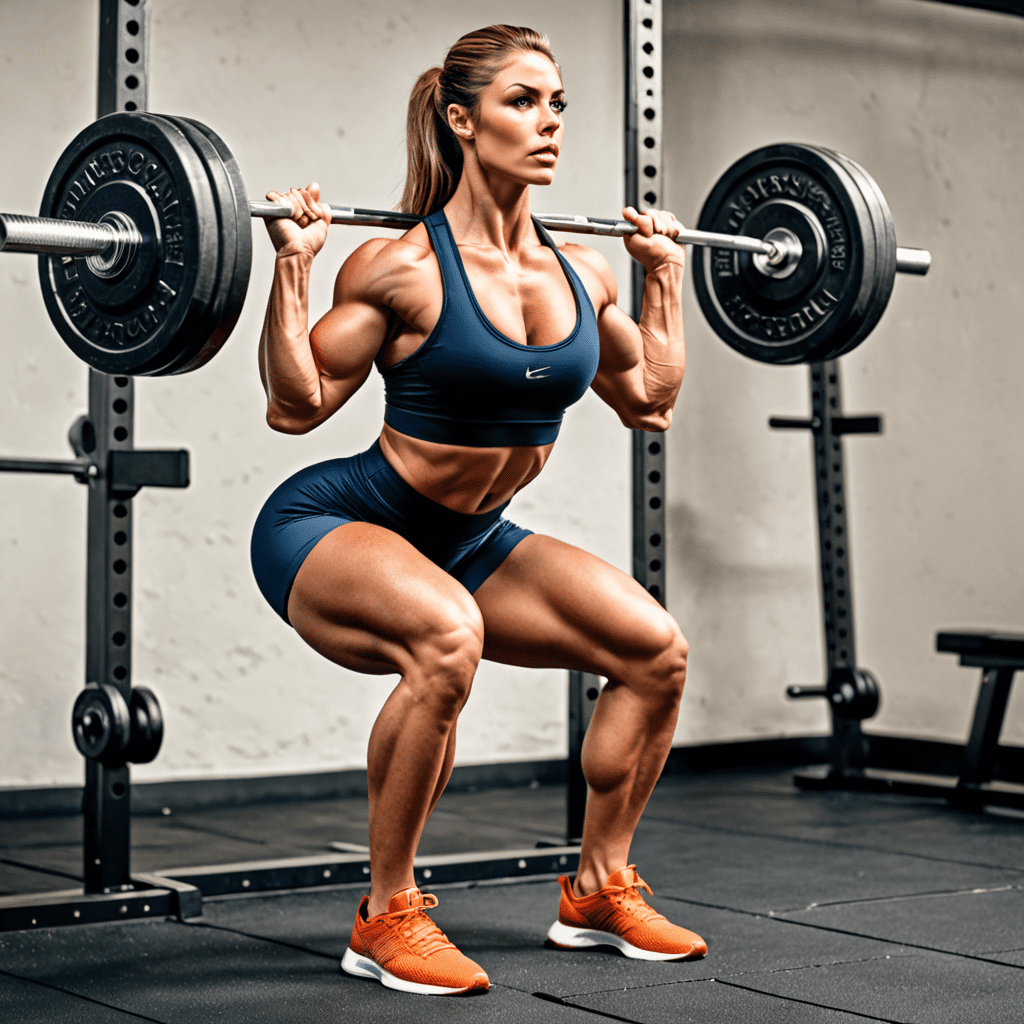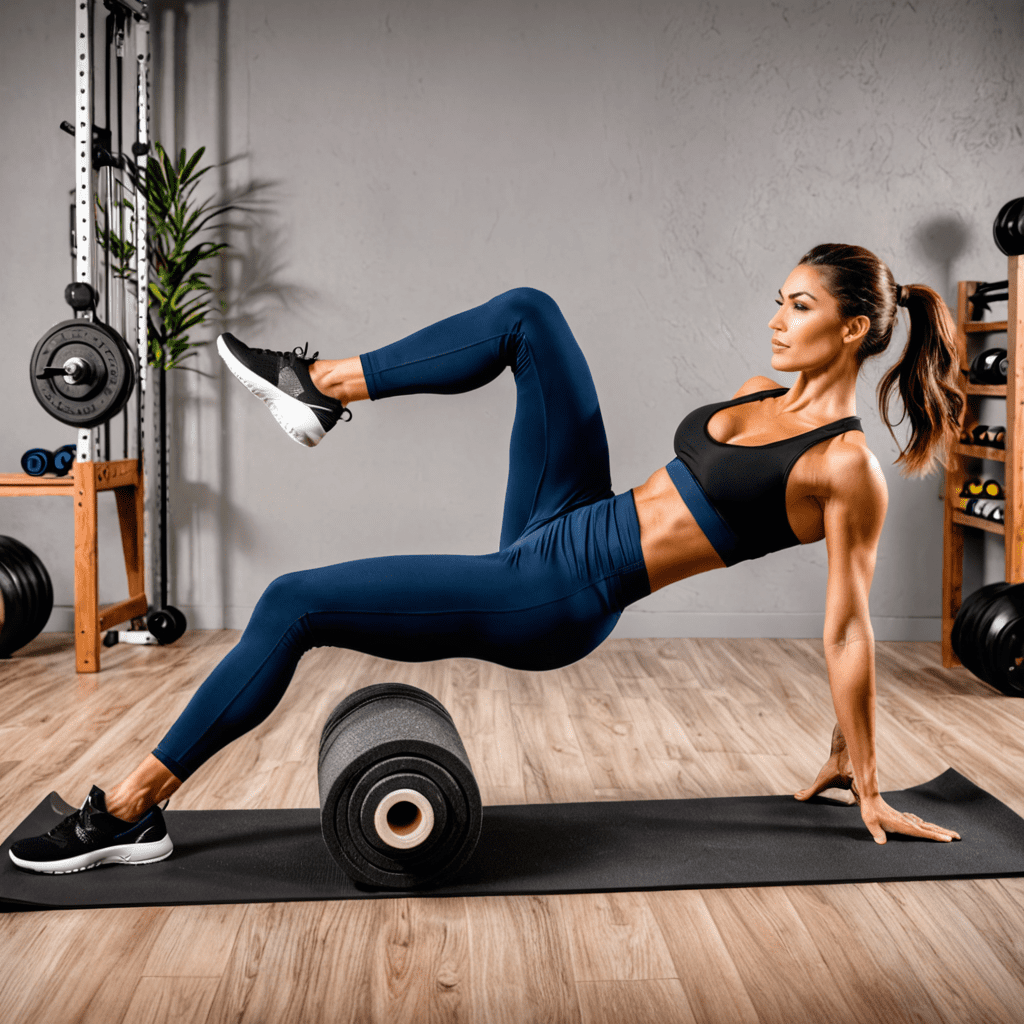
Achieving the Perfect Squat Weight
The squat is a fundamental exercise for building lower body strength and power. Determining the right amount of weight for a squat is crucial for maximizing its benefits. Let’s explore how to find the ideal squat weight for you.
Understanding the Basics of Squats
Before delving into how much weight is appropriate for a squat, it’s essential to understand the basics of the exercise. Squats target the muscles in the lower body, including the quadriceps, hamstrings, and glutes. They also engage the core and require proper form to prevent injury.
Factors to Consider
Several factors come into play when determining the appropriate weight for squats. These include your fitness level, experience with the exercise, and any pre-existing injuries or limitations. It’s important to consider these factors to avoid overexertion or strain.
Calculating the Right Weight
A common method for calculating the ideal squat weight is to start with a weight that allows you to perform 8-12 reps with proper form. The weight should be challenging, but not to the point of compromising your technique. Over time, you can gradually increase the weight as your strength improves.
Progression and Patience
Progression is key when it comes to squats. It’s essential to start with a manageable weight and focus on proper technique before adding more weight. Additionally, patience is crucial as strength gains take time and consistency.
Consulting a Professional
If you’re new to squats or weightlifting, seeking guidance from a certified personal trainer can be beneficial. A professional can assess your abilities, provide personalized recommendations, and ensure that you’re performing squats safely and effectively.
FAQ: Frequently Asked Questions
How do I know if the weight is right for me?
The right squat weight should challenge you without compromising your form. If you can easily perform more than 12 reps, the weight may be too light. If you struggle to complete 8 reps with proper form, it may be too heavy.
Should I use machines or free weights for squats?
Both machines and free weights can be used for squats. Free weights, such as barbells and dumbbells, require more stabilization and engage additional muscles for balance. On the other hand, machines provide more controlled movements and may be suitable for beginners or those with specific limitations.
Can I do squats with bodyweight only?
Yes, bodyweight squats are an excellent starting point, especially for beginners. Mastering bodyweight squats and perfecting form can provide a solid foundation before progressing to weighted squats.
Is it normal to feel sore after squats?
Yes, mild muscle soreness is normal, especially if you’re new to squats or have increased the weight or intensity of your workouts. However, excessive or persistent soreness may indicate overtraining or improper form, in which case it’s important to reassess your approach to squats.
How often should I incorporate squats into my workouts?
The frequency of squat workouts depends on your overall training program and fitness goals. As a general guideline, including squats 2-3 times per week can be beneficial for building strength and muscle in the lower body. However, individual needs and recovery abilities should also be considered.

